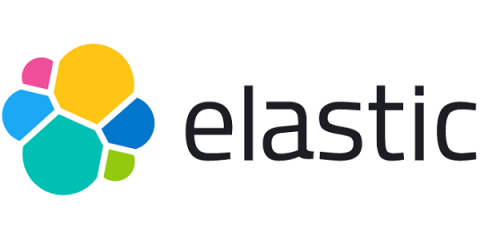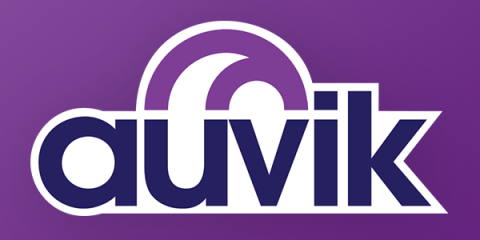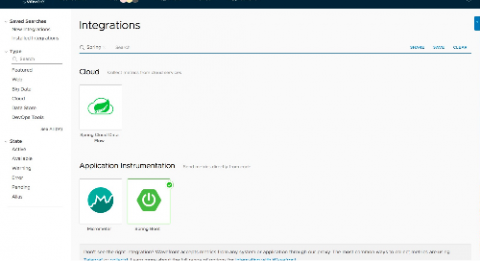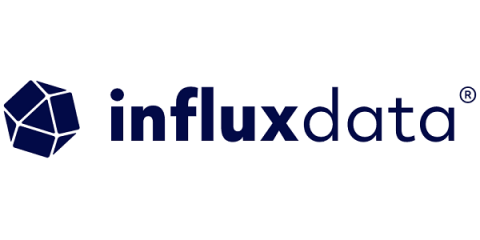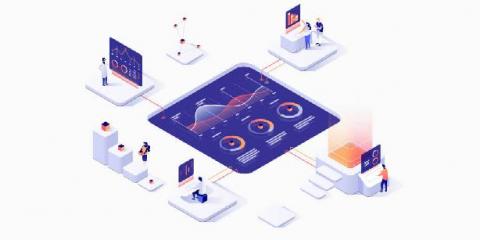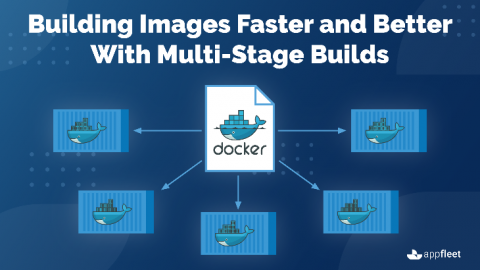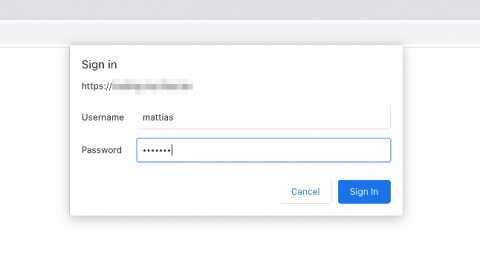The Go client for Elasticsearch: Configuration and customization
In a previous blog, we saw that the seemingly simple job of an Elasticsearch client — moving data between the calling code and the cluster — is actually quite complicated under the hood. Naturally, as much as we try to make the default behaviour of the client optimal for the majority of scenarios, there are situations where you want to configure, customize, or enable/disable certain features.


